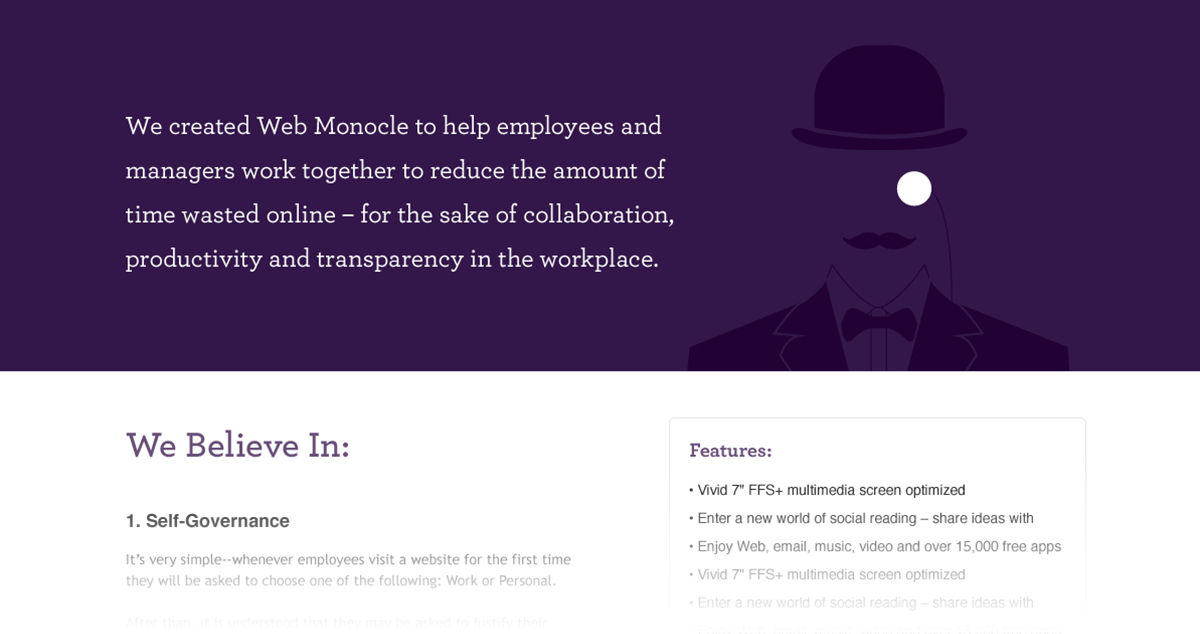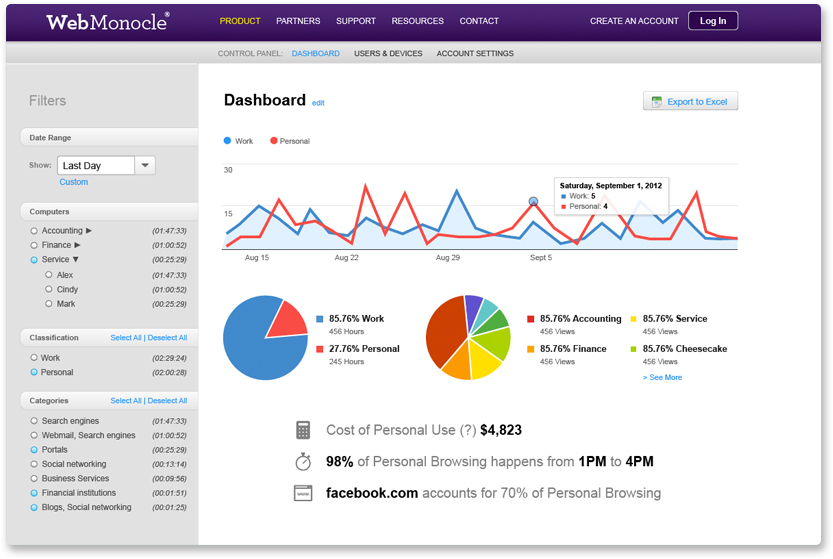
“This project is different. Should we try it?”
Web Monocle is patent-pending software suite developed to increase productivity. The concept was developed for the purpose of efficiency and safety. There were two versions developed for segment markets: office organizations and internet safety for young children using the Internet.

The work concept purpose was to make employees accountable for their internet usage at the workplace by evaluating first-time visited websites as ‘work’ or ‘personal’. A user would make a conscious decisions of the two options and moving forward the cloud-based software would track the amount of time spent on those websites. This allowed an organization’s management or HR team to view the insightful data for analysis and possibly take action.
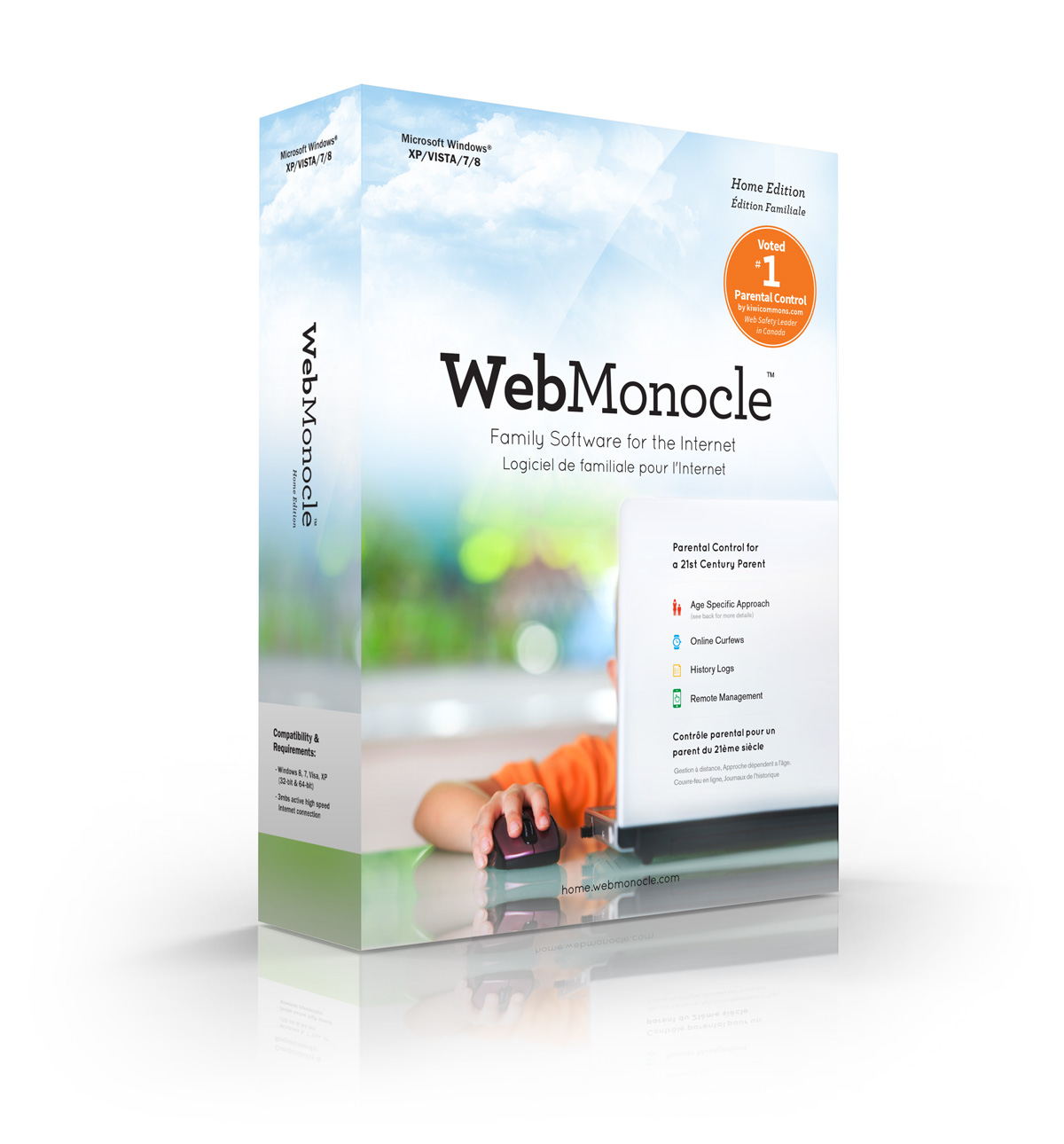
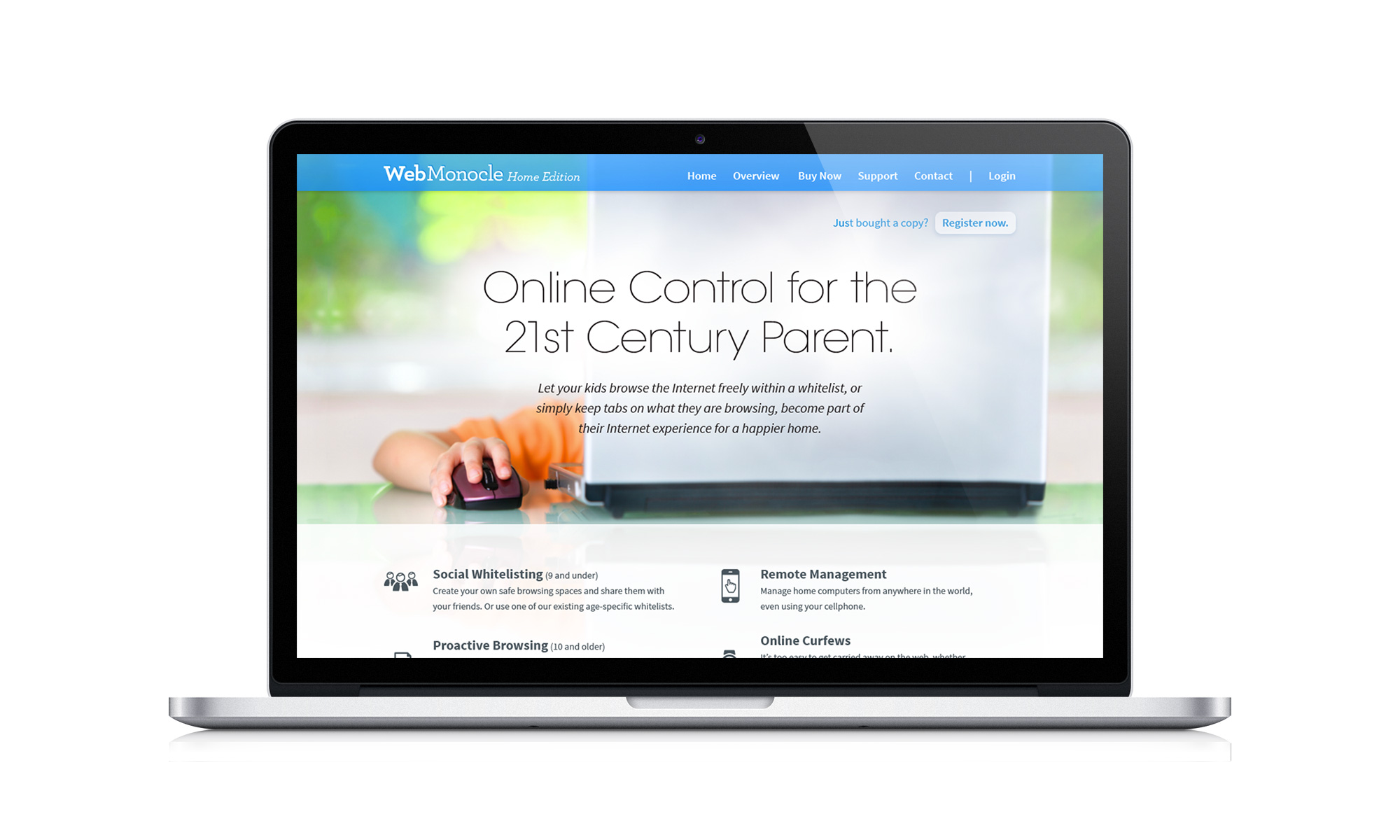
The home concept for children was developed to limit the exposure of the Internet to children, managed by parents. The parents would create a base whitelist of websites their children would be allowed to visit. If a child enters a website outside of a whitelist, a request option appears that allows a parent to approve access to this website and add it to the whitelist remotely.
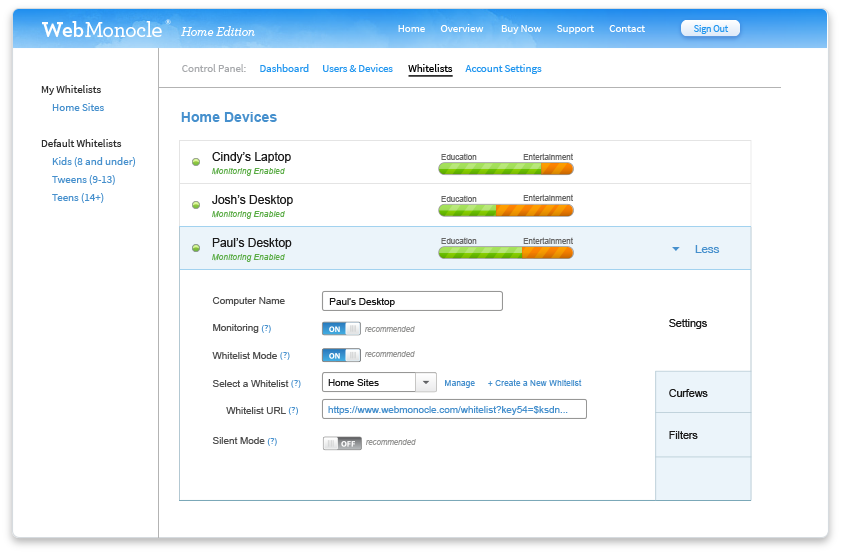

Hubnest built a web-based application with a Windows-based software that had a few difficulty levels to disable. The application also communicated with the web-app via TCP/IP protocols. This meant that the system could not be circumvented and was capable of running in the background at all times. Web Monocle captured and re-routed and filtered all the communication traffic that goes through a computer. A filter function allowed administrators to block websites that reduced productivity whether it was for select individuals to a company wide execution. A custom algorithm was developed by mathematicians and system engineers to measure productivity by frequency of websites visited, top visited websites, time spent to counter measures to increase productivity.
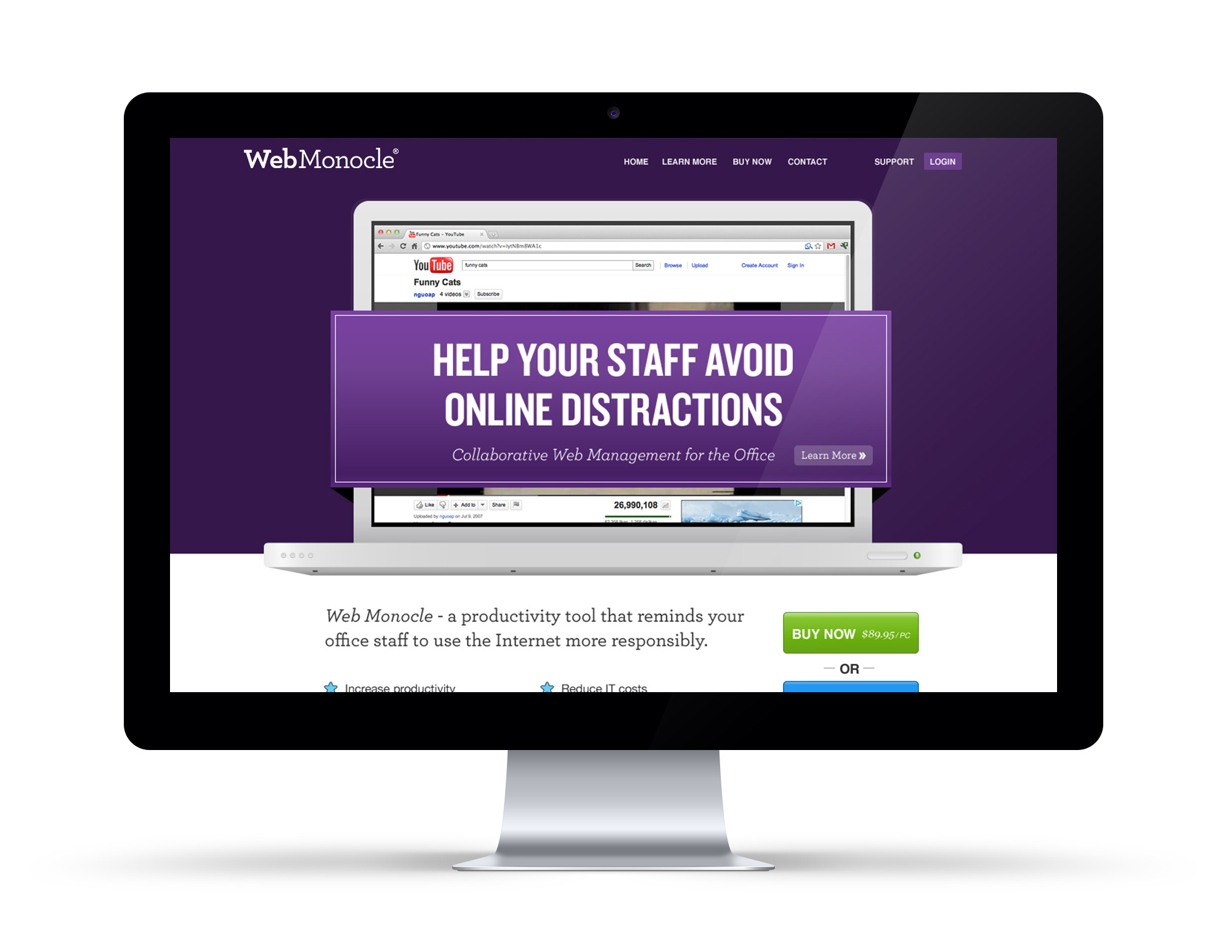
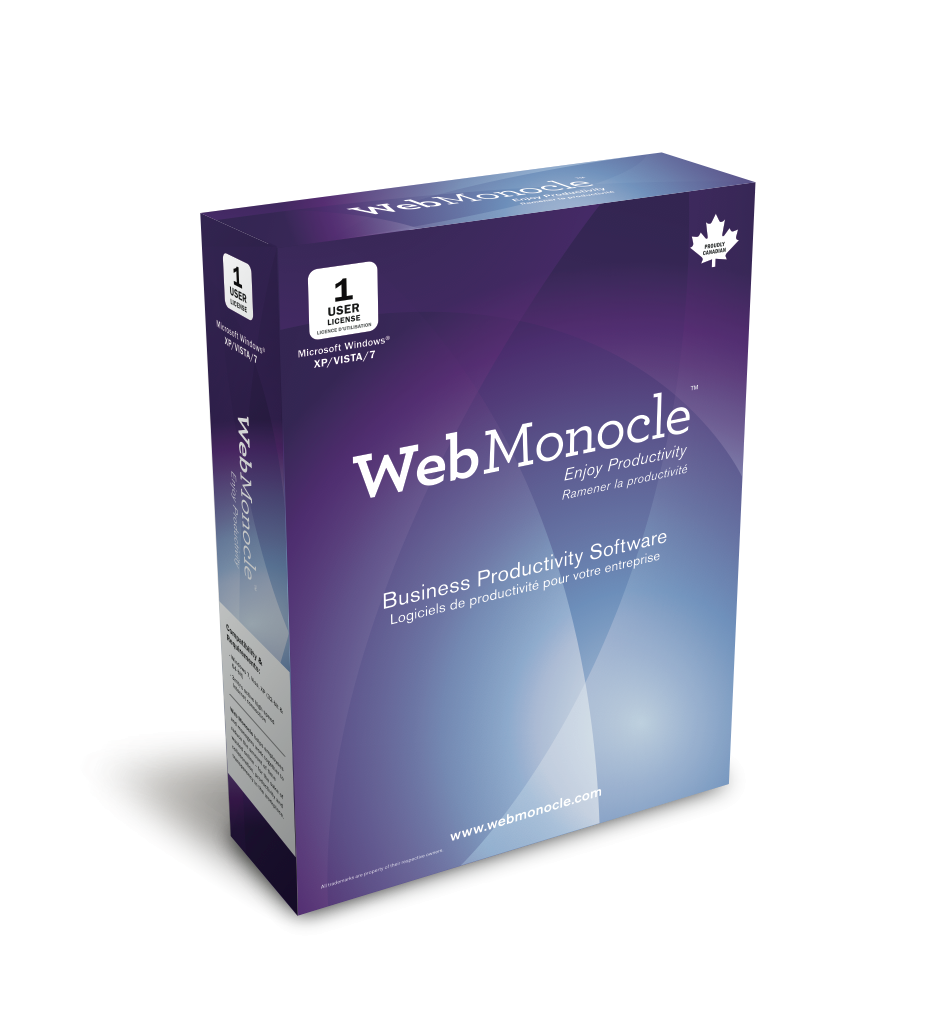
The software became a success in a few short months. Soon, the suite was was offered from direct web sales, Best Buy, Future Shop, Canada Computers, and other American big box stores. Later that year, a ‘home’ and ‘school’ version was developed and introduced to a new market segment.
